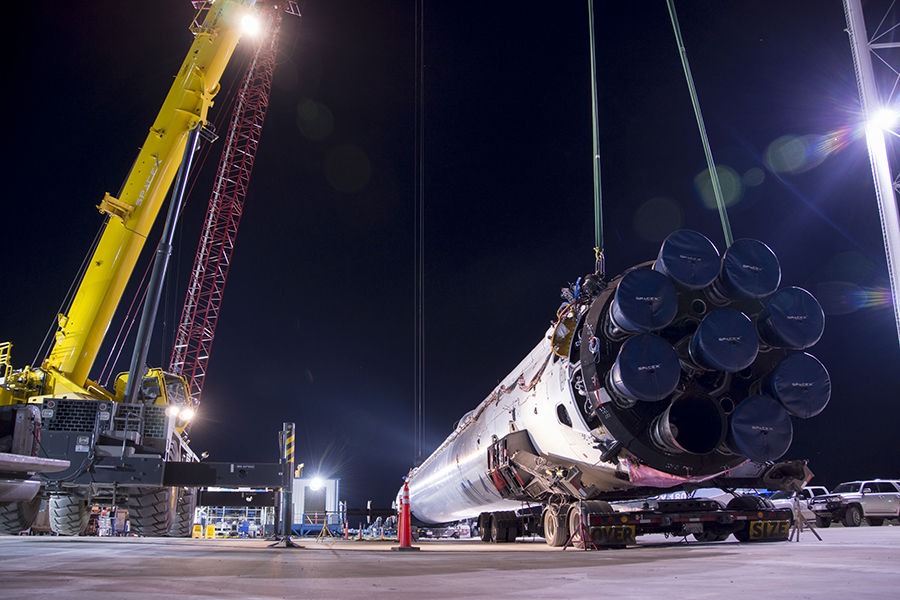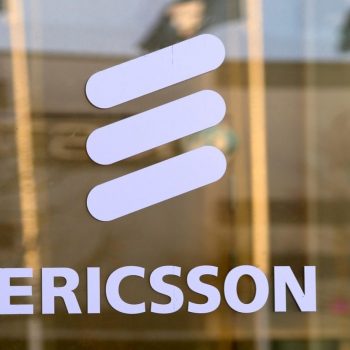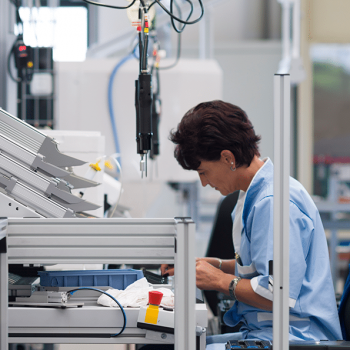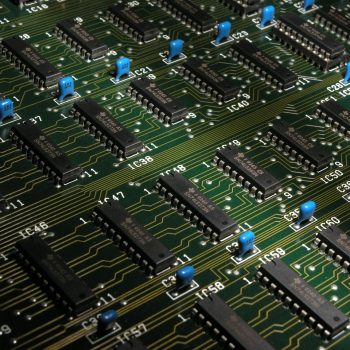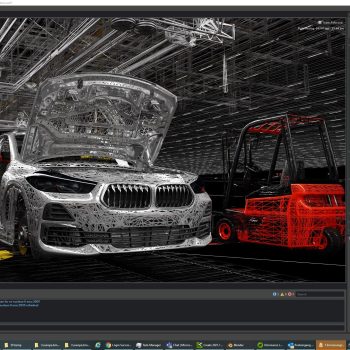Already being able of transporting material to ISS, SpaceX aims to launch NASA astronauts next year, provide highspeed internet with Starlink satellites soon and send humans to Mars in the future. Reason enough for SpaceX being honored as as World Technology Leader 2019.
SpaceX evinces what entrepreneurial visions are capable of. Already being able to transport material to the International Space Station, the company is about to also launch NASA astronauts to ISS and provide highspeed internet with Starlink satellites, never losing the focus on its ambitious long-term plan to send humans to Mars.
Within only a few years the dream of manned interstellar spaceflight has made SpaceX one of the leading suppliers of transport systems into space. Founded in 2002 by Elon Musk as a private company headquartered in Hawthorne, California, SpaceX designs, manufactures and launches advanced rockets and spacecraft aiming to revolutionize space technology, reducing the costs of space transportation and paving humanity’s path to live on other planets, specifically enabling the colonization of Mars.
A history of firsts
Most famous for developing the Falcon launch vehicle family as well as the Dragon spacecraft family, SpaceX list of firsts is impressive. The company’s achievements include building the first privately funded liquid rocket to reach orbit (Falcon 1 in 2008), being the first private company to successfully launch, orbit, and recover a spacecraft (Dragon in 2010), and moreover to send a spacecraft to the ISS (Dragon in 2012), executing the first vertical takeoff, vertical landingfor an orbital rocket (Falcon 9 in 2015), first reusing an orbital rocket (Falcon 9 in 2017), and being the first private company to launch an object into a heliocentric orbit (Falcon Heavy’s payload in 2018). After initial failure of the newly developed Falcon 1 rocket, SpaceX became a major provider of the ISS within a few years with the Falcon 9 and the spacecraft Dragon. Besides being capable of transporting material to the ISS in flying 18 resupply missions under a partnership with NASA, with the spaceship “Starship” and the rocket “Super Heavy”, the next generation of spacecrafts is already in the starting blocks. Up to date the company hires around 7000 employees making their goals turning into reality.
These goals SpaceX pursues under the lead of the one-of-a-kind visionary Elon Musk. Being the same virtuosic in his visions as in his tweets, tweeting “Nuke Mars!” without any context, later emerged as the shortest possible version of his idea of terraforming Mars (through forming two mini suns by fusion bombs, which would warm up the frozen carbon dioxide on Mars and making it turn into gas that could help capture heat and creating a greenhouse effect), is only one example of Musk’s capability of creating highly attention for not only his visions but also his company, being constantly present in the media. But, whereas some of his tweeted revolutionary ideas are often getting criticized, or, like the nuking Mars idea, even studied and disproved by NASA, they always show his never-ending entrepreneurial enthusiasm.
Visions via Twitter
One of his recent tweets, “Whoa, it worked!!”, seems to be written by a fascinated child overwhelmed by its own invention. But it’s exactly this mindset which guarantees SpaceX’s success. Not only thinking about outer space, but also trying to solve problems on earth, planning to launch 12000 Starlink satellites circulating the earth and providing highspeed internet for a tremendous amount of the world’s population, needs the constantly believe in the possibility of the impossible.
So, is Musk a genius or a dreamer? SpaceX proves he is both. For the first half of 2020 SpaceX aims to launch NASA astronauts to ISS as the first private company ever, adding another first on the list of the company’s history. Providing fast internet connections for the world with Starlink would gain SpaceX worldwide popularity by people would never heard about this company before. But terraforming Mars and getting access a whole new planet for living is something so historic, that it seems too impossible to turn into reality. But maybe for SpaceX it’s not.
